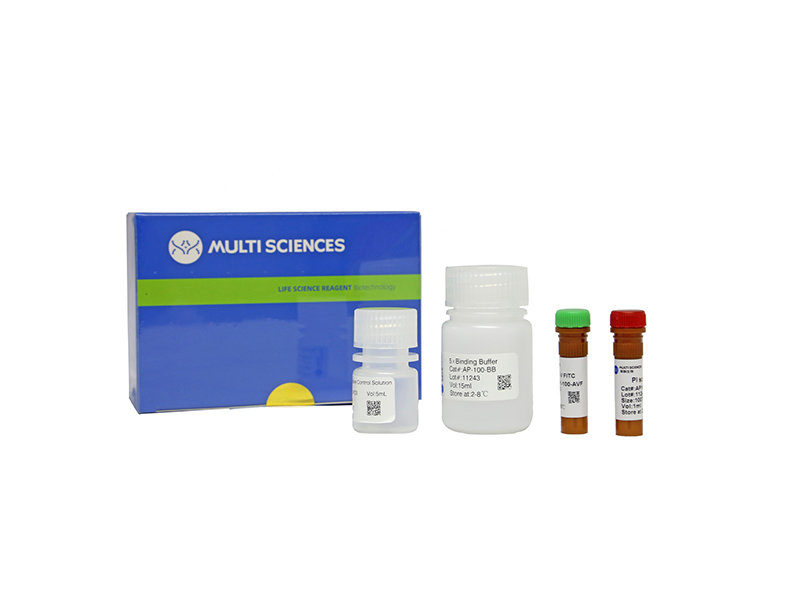New vaccine technologies are urgently needed to produce safe and effective vaccines in a more timely manner to prevent future infectious disease pandemics. Here, we describe erythrocyte-mediated systemic antiviral immunization, a versatile vaccination strategy that boosts antiviral immune responses by using erythrocytes decorated with virus-mimetic nanoparticles carrying a viral antigen and a Toll-like receptor (TLR) agonist. As a proof of concept, polydopamine nanoparticles were synthesized via a simple in situ polymerization in which the nanoparticles were conjugated with the SARS-CoV-2 spike protein S1 subunit and the TLR7/8 agonist R848. The resulting SARS-CoV-2 virus-mimetic nanoparticles were attached to erythrocytes via catechol groups on the nanoparticle. Erythrocytes naturally home to the spleen and interact with the immune system. Injection of the nanoparticle-decorated erythrocytes into mice resulted in greater maturation and activation of antigen-presenting cells, humoral and cellular immune responses in the spleen, production of S1-specific immunoglobulin G (IgG) antibodies, and systemic antiviral T cell responses than a control group treated with the nanoparticles alone, with no significant negative side effects. These results show that erythrocyte-mediated systemic antiviral immunization using viral antigen- and TLR agonist-presenting polydopamine nanoparticles-a generalizable method applicable to many viral infections-is effective new approach to developing vaccines against severe infectious diseases.
文章引用产品列表
Cell Counting Kit - 8 Kit(已下架)
-
- AP101 1755 Citations
- 凋亡试剂盒
Annexin V-FITC/PI Apoptosis Kit(适用于除C6以外的流式细胞仪)
- ¥630.00 – ¥1,280.00



